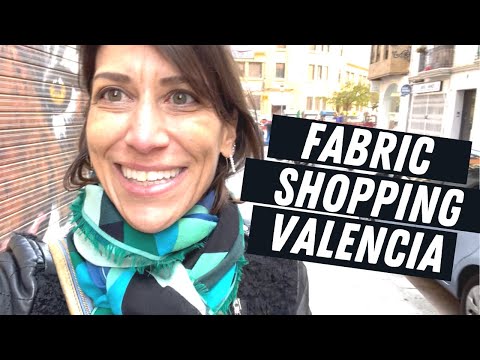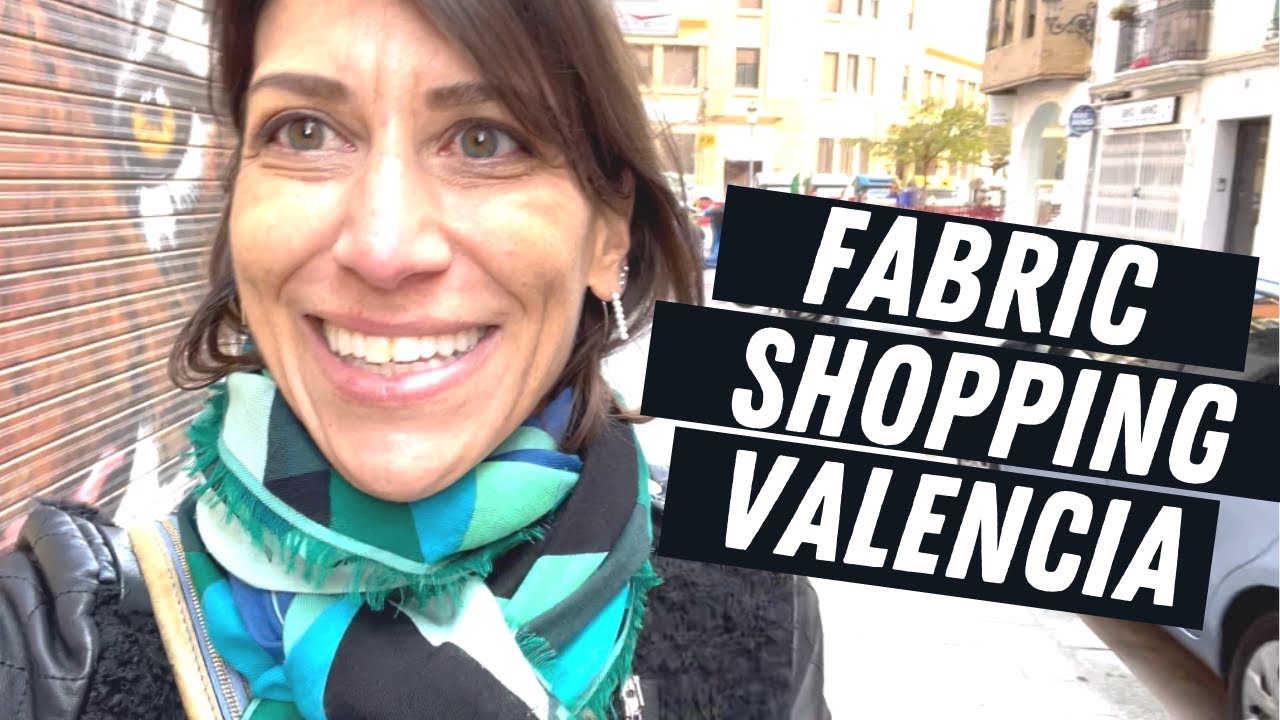Discover the captivating allure of Spanish fabric. Immerse yourself in the rich history and exquisite craftsmanship that define this extraordinary textile. Renowned for its unparalleled quality and timeless elegance, Spanish fabric embodies the essence of sophistication and luxury. From intricate lace to sumptuous silk, every thread is meticulously woven to create a masterpiece that transcends fashion trends. With a heritage dating back centuries, Spanish fabric weaves stories of tradition and passion, capturing the essence of a culture deeply rooted in artistry and refinement. Each piece tells a unique tale, reflecting the ingenuity and remarkable skill of Spanish artisans. Whether adorning haute couture gowns or enhancing interior decor, Spanish fabric evokes a sense of charm and sophistication that is truly unparalleled. Indulge your senses in the velvety touch and vibrant hues that bring these fabrics to life. Let the allure of Spanish fabric captivate your imagination and transport you to a world where elegance and beauty reign supreme. Elevate your style with the timeless allure of Spanish fabric and experience the magic it weaves into every creation.

The Rich History of Spanish Fabric
Spain is renowned for its vibrant culture, beautiful landscapes, and rich history. One aspect of Spanish heritage that often goes unnoticed is its exquisite fabric. Spanish fabric has a long-standing history that dates back centuries, with each region showcasing its unique style and craftsmanship. In this article, we will delve into the fascinating world of Spanish fabric, exploring its history, types, and significance.
The Traditional Techniques
Embroidery, weaving, and lace-making are the traditional techniques that have been passed down through generations in Spain. These techniques require immense skill and precision, resulting in intricate and breathtaking designs.
Embroidery is an ancient craft that involves decorating fabric with needle and thread. Spanish embroidery often features delicate floral motifs and vibrant colors, reflecting the country’s love for nature and its vibrant culture.
Weaving is another time-honored technique used in Spanish fabric production. It involves interlacing threads to create a textile. Spanish weavers are known for their mastery in creating fabrics with complex patterns and textures, using a variety of traditional looms.
Lace-making is an art that has been practiced in Spain for centuries. Spanish lace, known as “encaje,” is celebrated for its fine craftsmanship and intricate designs. The regions of Catalonia and Andalusia are particularly renowned for their lace-making traditions.
Regional Variations
Spain’s diverse geography has given rise to a wide array of regional fabric variations, each with its unique characteristics and styles.
Andalusian fabric is famous for its bright colors and lively patterns. It often incorporates elements of Moorish influence, with intricate geometric designs and bold color combinations.
Valencian fabric is known for its delicate floral prints and pastel colors. These fabrics are often used in traditional Valencian attire, such as the popular “fallera” dresses worn during the Fallas festival.
Basque fabric showcases a more rustic and earthy aesthetic. It often features checkered patterns and sturdy materials suitable for the region’s cooler climate.
Catalan fabric is characterized by its vibrant colors and intricate designs. It is often used in the production of traditional Catalan costumes, such as the iconic “sardana” dance attire.
Galician fabric embodies the spirit of the rugged and picturesque Galicia region. It is often made from wool and features traditional patterns, reflecting the area’s Celtic heritage.
Modern Applications
While Spanish fabric has a strong foundation in tradition, it has also evolved to meet modern demands and trends.
Today, Spanish fabric is used in various industries, including fashion, home decor, and upholstery. Spanish designers often incorporate traditional techniques and patterns into their creations, adding a touch of authenticity and uniqueness.
Flamenco fashion is one area where Spanish fabric truly shines. The vibrant and flamboyant costumes worn by flamenco dancers feature intricate lacework, ruffles, and vibrant colors, capturing the essence of Spanish culture.
In the world of interior design, Spanish fabric is highly sought after. From curtains and upholstery to bedding and tapestries, Spanish fabrics add a touch of elegance and sophistication to any space. The intricate designs and high-quality materials make them a favorite among interior designers worldwide.
The Significance of Spanish Fabric
Spanish fabric is not just a textile; it is a symbol of Spain’s rich cultural heritage and craftsmanship.
The artistry and dedication that go into creating Spanish fabric are deeply rooted in the country’s history. The fabrics tell stories of ancient civilizations, the influence of various cultures, and the creativity of Spanish artisans.
Spanish fabric also plays a vital role in preserving traditional customs and cultural identity. Many festivals and traditional events in Spain showcase elaborate costumes and textiles, keeping the traditions alive for future generations.
A Treasure to Cherish
Spanish fabric is a treasure that should be cherished and celebrated. Its exquisite designs, intricate techniques, and regional variations make it a unique and valuable part of Spain’s cultural tapestry.
Whether it’s a traditional flamenco dress or an elegant tapestry adorning a wall, Spanish fabric brings a touch of history and artistry into our lives. So, the next time you come across Spanish fabric, take a moment to appreciate the skilled hands and rich heritage behind it.
“Unraveling the Tapestry: Exploring Valencia’s Vibrant Fabric Stores”
Video Source : Sewing and the City | Christine Lindebak
Spanish Fabric
Spanish Fabric Table
| Fabric Type | Origin | Characteristics |
|---|---|---|
| Alpaca | Andalusia | Renowned for its softness and warmth, alpaca fabric is made from the wool of the alpaca, a domesticated South American mammal. Spanish alpaca fabric is highly regarded for its exceptional quality and often used in the production of luxury garments and accessories. |
| Chiffon | Catalonia | Chiffon, a lightweight and sheer fabric, is commonly associated with elegance and femininity. Spanish chiffon is distinguished by its delicate texture and superb drape. It is extensively utilized in the creation of ethereal dresses, scarves, and decorative elements. |
| Lace | Valencia | Valencia, a region renowned for its rich cultural heritage, is home to the exquisite Spanish lace fabric. Crafted with intricate designs and delicate patterns, Spanish lace is highly coveted in the fashion industry. Its versatility allows it to be used in various applications, including bridal wear, lingerie, and decorative accessories. |
| Ikat | Basque Country | Ikat fabric, with its distinctive blurred patterns achieved through a meticulous dyeing technique, finds its roots in the Basque Country. Spanish ikat fabric showcases vibrant colors and intricate geometric designs, making it ideal for creating eye-catching garments, upholstery, and home decor items. |
In Spain, fabric production is deeply rooted in centuries-old traditions, resulting in exceptional textiles that are highly sought after worldwide. From the luxurious softness of alpaca to the delicate beauty of Spanish lace, each fabric type carries a unique story reflecting the regional craftsmanship and cultural heritage. Whether adorning high-end fashion creations or adding a touch of elegance to everyday items, Spanish fabrics continue to captivate and inspire both designers and consumers alike.

